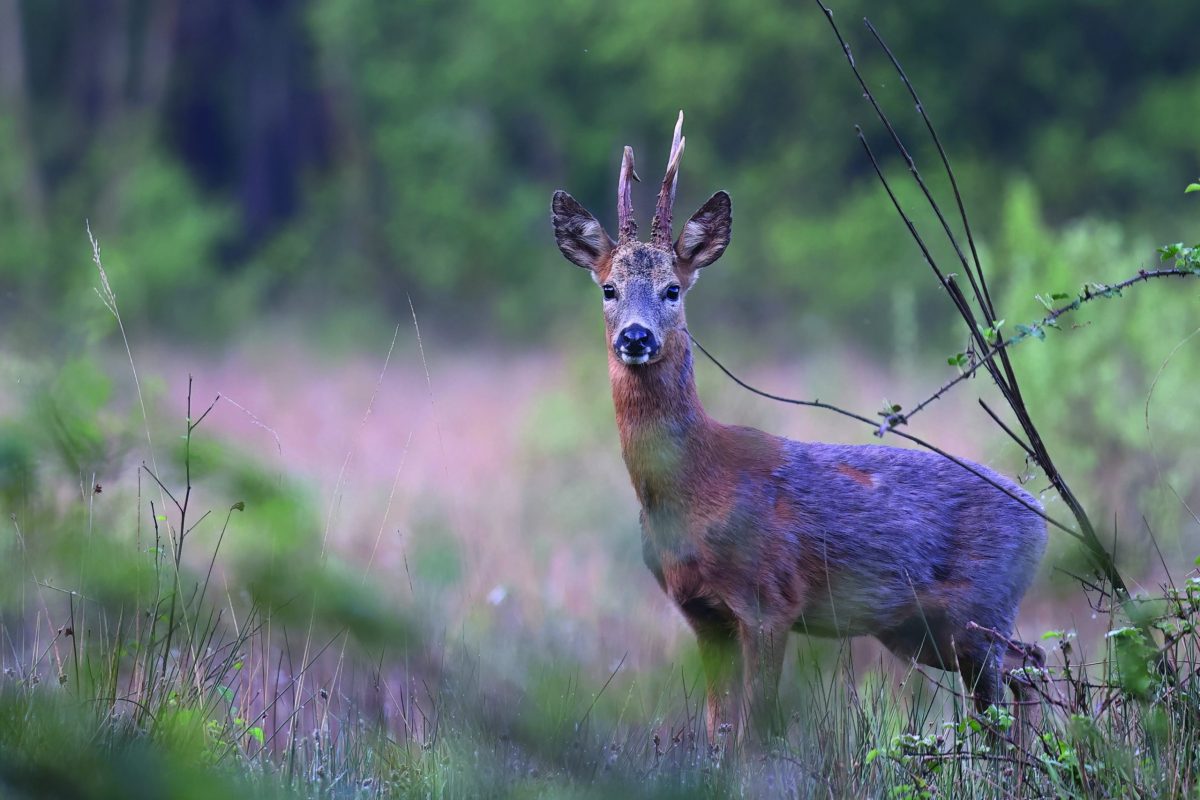The start of the roebuck season and the dangers to watch out for when stalking
The beginning of the roebuck season brings out both the beautiful English wildlife and the dangers to be watchful for when stalking

The deer are still moving in winter numbers, and the low cover means that they’re easier to spot
As the end of March also marks the end of my annual season, we tend to have a family break over Easter. Apart from that we are flat out, with plenty of clients hoping to make the most of the low crops and easy culling conditions before the rest of the spring and summer.
As is typical with deer, there is the inevitable roebuck lull that accompanies the start of the season. Bucks that were being seen regularly through March can become scarce, in the same way that the does hide up until the end of the female season, only to appear more abundantly once their season has finished. This phenomenon is known well by all as Sod’s Law.
What’s your favourite time of the year for stalking? Generally, mine is definitely the winter months, but April specifically takes some beating. Not just because it’s the start of the roebuck season in the UK, which is a yearly highlight for many, but each year I always forget how much wildlife is out on show. The mornings can still be chilly with a light frost, but the spring sun soon warms you up to a sensible point, unlike later in the summer when you are sweating by 6am and beating horseflies away with your shooting sticks.
The deer are still moving in their winter numbers, so the groups of roe in the fields will offer an easy spot in the low cover and a great opportunity to select which bucks I think should go and which ones should stay. Around this time, I will also decide if an individual is ready to be harvested, with a paying client looking for the buck of a lifetime later in the season.
The East of England is hard to beat from a game and wildlife perspective, and while out stalking in April the bird life is in full chorus and on full view. My all-time favourite birdsong from the common curlew is fairly constant in the background, as are the oystercatchers, shelducks, skylarks, songbirds and geese.
The exceptions are the Egyptians, which make the most revolting hissing sound and instantly alert the deer to a threat, before flapping off and making even more noise and commotion. Even humble pheasants look great in April, as the long-eared cocks stand out gathering their harems of hens along farm tracks and woodland edges.
On the other hand, the deer don’t look their best at this time of year. They lose their winter coat in big patches, particularly the roe. This gives them a very scruffy appearance. Many novices, having never seen roe in full moult before, often think they are in poor health, but in my experience this is very rarely the case.
High activity
A downside to spring, particularly in the woods, is the high activity of ticks. Our roe will pick up several, and any trip into the woodland or through the understorey should be finalised with a quick tick check where possible. Thetford, being an historic sheep grazing ground, is a bad area for ticks, with many of the old Forestry Commission rangers and estate workers succumbing to Lyme disease in the days before knowledge of this threat was more commonplace.
Thankfully, despite several tick bites, I haven’t contracted Lyme yet, although it’s something I expect should I remain in this area for the rest of my career. Being aware of the symptoms of Lyme disease is essential, not just the red ring that develops around a tick bite after removal.








